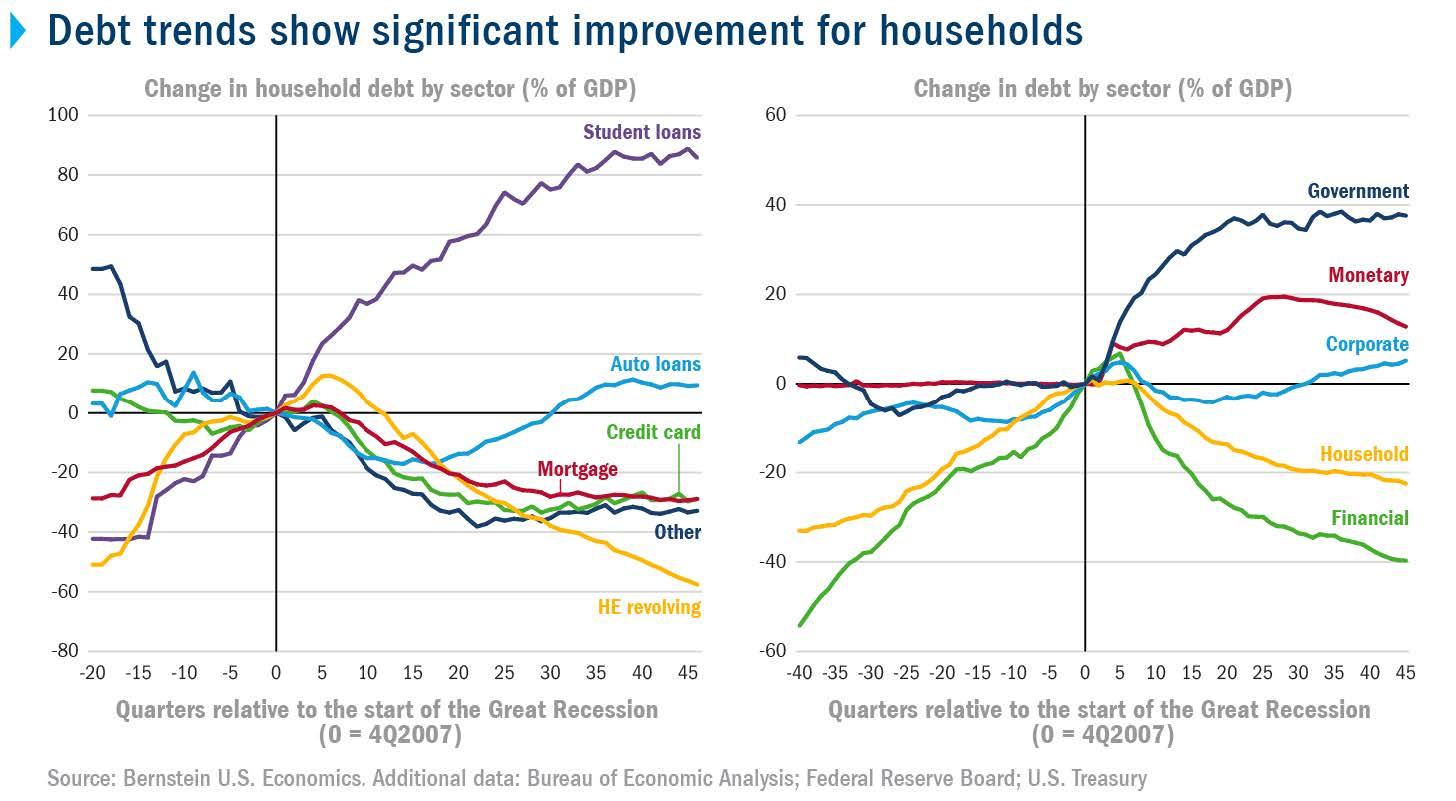Renewed Opposition From Car Dealers To Electric Vehicle Quotas

Table of Contents
Financial Concerns and Investment Barriers
Dealerships are voicing serious concerns about the substantial upfront investment required to adapt to the mandated increases in electric vehicle sales. Meeting electric vehicle quotas demands significant changes to their infrastructure and operational models, posing a considerable financial burden.
- High cost of installing and maintaining fast-charging stations: The installation of Level 3 fast chargers, crucial for attracting EV customers, is a costly undertaking. This includes not only the purchase and installation of the chargers themselves but also the necessary grid upgrades to support the increased energy demands. Ongoing maintenance and potential repairs add further to these expenses.
- Need for specialized EV technician training programs: Maintaining and repairing EVs requires specialized knowledge and skills different from those needed for gasoline-powered vehicles. Dealerships must invest in training their technicians, which involves considerable time and financial resources. The lack of readily available skilled labor also adds to the challenge.
- Uncertainty regarding return on investment (ROI) for EV sales: While the long-term prospects for EVs are positive, the current market dynamics present uncertainty. Dealerships are concerned about profit margins on EVs compared to gasoline vehicles, particularly given the higher upfront investment costs. The ROI on EV infrastructure and training is not guaranteed in the short-term.
- Concerns about reduced profit margins on EVs compared to gasoline vehicles: Current profit margins on EVs are often lower than on gasoline vehicles, partly due to competition and government incentives reducing the final sale price. This further shrinks the profit margin for dealers already facing high upfront investment costs.
This financial burden disproportionately affects smaller dealerships, potentially leading to market consolidation and the elimination of smaller players within the automotive landscape. Reports indicate that the cost of installing even a small number of fast chargers can range from tens of thousands to hundreds of thousands of dollars, depending on location and infrastructure requirements.
Consumer Demand and Market Readiness
Dealerships argue that current consumer demand for EVs does not justify the mandated quotas imposed by governments. While EV sales are growing, they remain a smaller segment of the overall automotive market.
- Lack of consumer awareness and understanding of EV technology: Many consumers remain hesitant about EVs due to a lack of understanding about charging times, range capabilities, and the overall ownership experience. Targeted consumer education is needed to boost confidence.
- Range anxiety and charging infrastructure limitations in certain areas: Concerns about limited range and the availability of charging stations remain significant barriers for potential EV buyers, particularly in rural areas with sparse charging infrastructure. The uneven distribution of charging stations is a key obstacle in expanding EV adoption.
- Higher upfront purchase prices of EVs compared to gasoline vehicles: The higher initial cost of EVs, even with government incentives, is a significant deterrent for many buyers. Affordability remains a primary hurdle for wider EV adoption.
- Limited availability of certain EV models: The limited selection of EV models, particularly in specific segments of the market, restricts consumer choice and may drive potential buyers towards gasoline-powered alternatives.
Consumer surveys and market data consistently show that price and range anxiety remain the top reasons for consumers' reluctance to adopt EVs. While government incentives help, they do not fully bridge the price gap, and addressing range anxiety requires significant investment in public charging infrastructure.
Concerns Regarding Government Regulations and Implementation
Dealerships are further concerned about the practicalities and feasibility of effectively implementing the electric vehicle quotas. The regulatory framework surrounding these quotas is not always clear or consistent.
- Lack of clarity regarding quota allocation and enforcement: The allocation of quotas and the methods of enforcement often lack clarity, leaving dealerships uncertain about their obligations and the potential penalties for non-compliance. This lack of transparency creates uncertainty and hinders effective planning.
- Potential for bureaucratic hurdles and delays in implementation: Navigating complex bureaucratic processes to comply with the quotas can be time-consuming and costly. Dealerships face delays and uncertainty when attempting to secure permits and approvals for charging infrastructure or other EV-related initiatives.
- Concerns about penalties and fines for non-compliance: The potential for significant penalties for not meeting the quotas creates substantial financial risk for dealerships. The severity of these penalties and the enforcement mechanisms need to be clearly defined and justified.
- Inconsistent regulatory frameworks across different regions: The lack of consistent regulations across different geographical areas creates further complications for dealerships operating in multiple locations. A unified and standardized approach is necessary to ensure equitable implementation.
The inconsistencies and complexities in the regulatory environment surrounding electric vehicle quotas add to the financial and logistical burdens faced by dealerships. A clearer, more consistent, and supportive regulatory framework is essential for the successful transition to electric vehicles.
Impact on the Used Car Market
The increased adoption of EVs will inevitably impact the used car market, creating challenges for dealerships.
- Depreciation of gasoline cars due to increased EV adoption: As more consumers opt for EVs, the demand for used gasoline-powered vehicles will likely decrease, leading to a potential glut in the used car market and lower resale values for gasoline cars.
- Reduced demand for used gasoline car parts: With fewer gasoline cars on the road, the demand for parts and repairs will naturally decline, potentially affecting the profitability of used car parts businesses.
- Increased competition in the used car market: Dealerships will face increased competition as they adapt to selling both new EVs and used gasoline vehicles, potentially squeezing profit margins further.
The transition to electric vehicles presents a complex interplay of economic, environmental, and social factors. Successfully navigating this transition requires careful consideration of the challenges faced by car dealerships and the broader automotive industry.
Conclusion
The renewed opposition to electric vehicle quotas highlights significant challenges in transitioning to a fully electric automotive sector. Dealerships are voicing legitimate concerns about financial viability, consumer demand, and the practical implementation of regulations. Addressing these concerns is crucial for the successful and equitable adoption of EVs. A collaborative approach, engaging both policymakers and industry stakeholders, is vital to facilitate a smooth transition.
Understanding the complexities surrounding electric vehicle quotas is vital for policymakers and industry stakeholders alike. Further dialogue and collaboration are needed to find solutions that balance environmental goals with the economic realities facing car dealerships and consumers. Let's foster a productive conversation about effective strategies for achieving electric vehicle adoption without stifling the automotive industry. Join the discussion on the future of electric vehicle quotas and share your insights.

Featured Posts
-
 Ariana Grandes Drastic Hair And Tattoo Transformation Professional Analysis
Apr 27, 2025
Ariana Grandes Drastic Hair And Tattoo Transformation Professional Analysis
Apr 27, 2025 -
 Ariana Grandes Stunning Hair And Tattoo Transformation Professional Help Involved
Apr 27, 2025
Ariana Grandes Stunning Hair And Tattoo Transformation Professional Help Involved
Apr 27, 2025 -
 Ariana Grandes New Look Hair And Tattoo Reveal And The Stylists Behind It
Apr 27, 2025
Ariana Grandes New Look Hair And Tattoo Reveal And The Stylists Behind It
Apr 27, 2025 -
 Ariana Grande Debuts Dramatic Hair And Tattoo Changes A Look At Her Professional Team
Apr 27, 2025
Ariana Grande Debuts Dramatic Hair And Tattoo Changes A Look At Her Professional Team
Apr 27, 2025 -
 Deloittes Forecast A Significant Slowdown In Us Economic Growth
Apr 27, 2025
Deloittes Forecast A Significant Slowdown In Us Economic Growth
Apr 27, 2025
